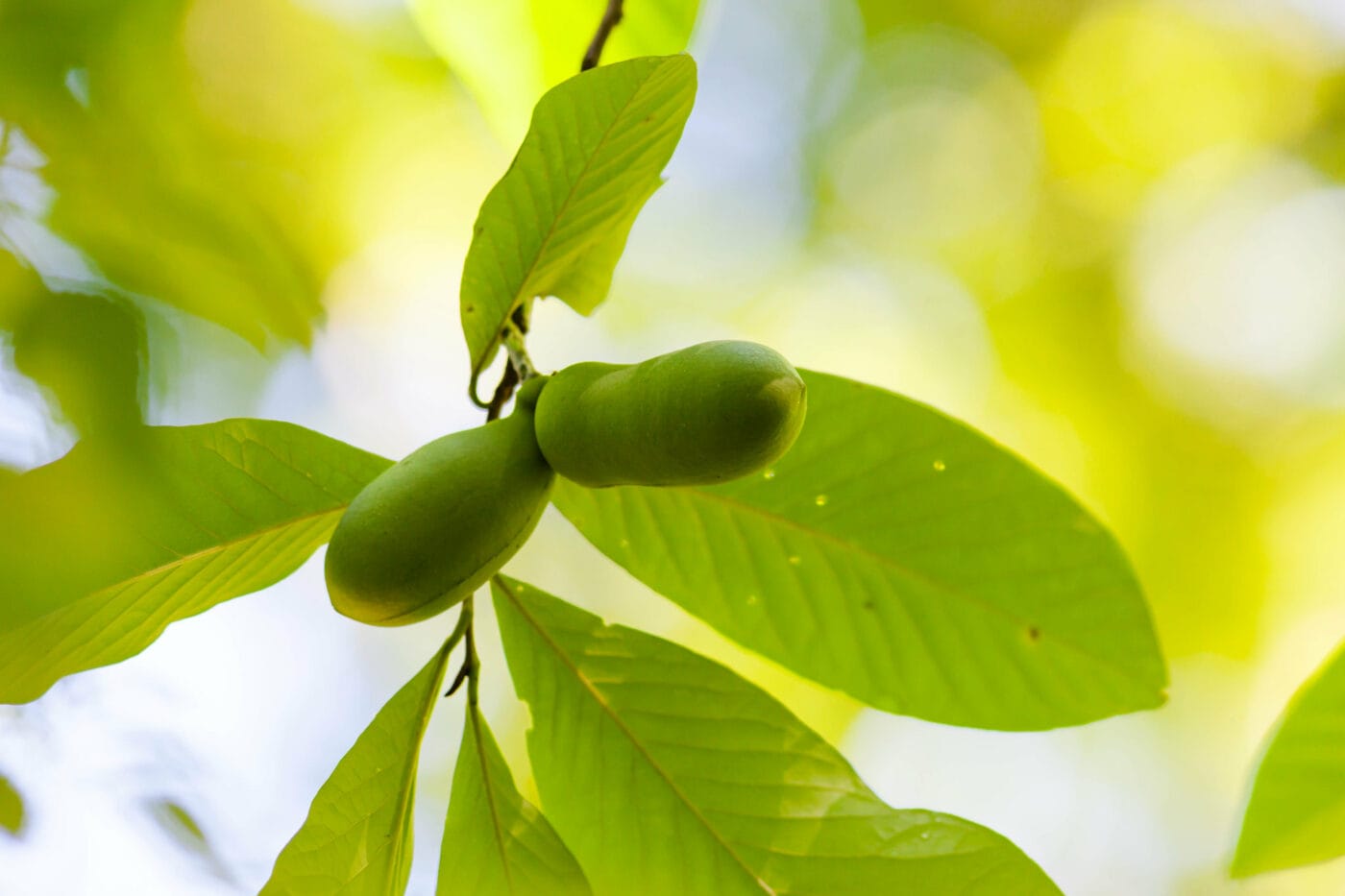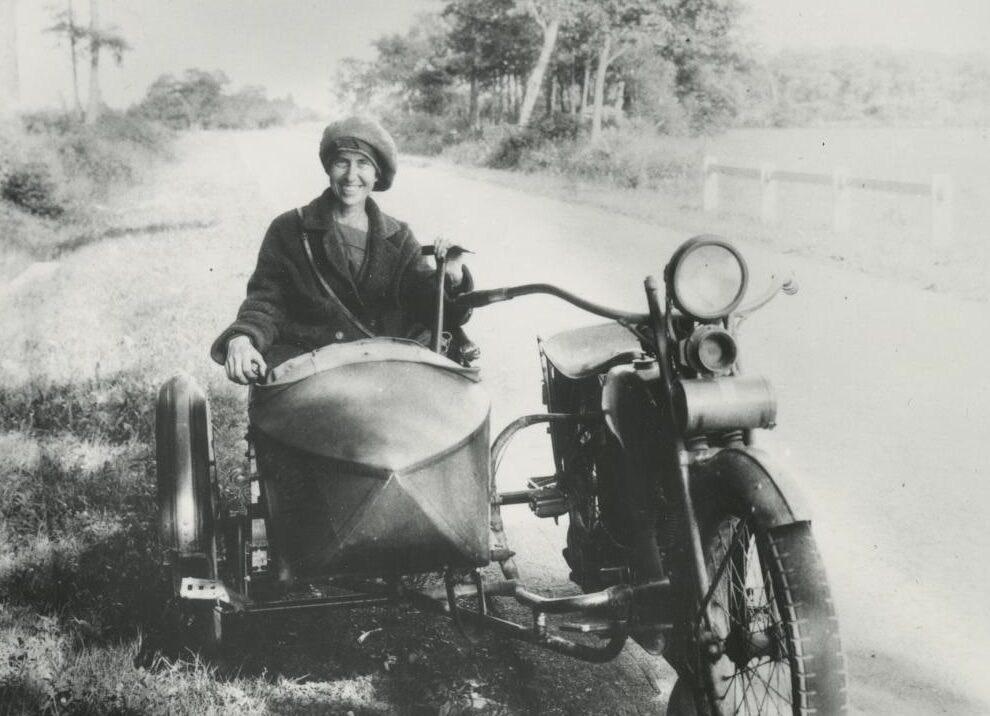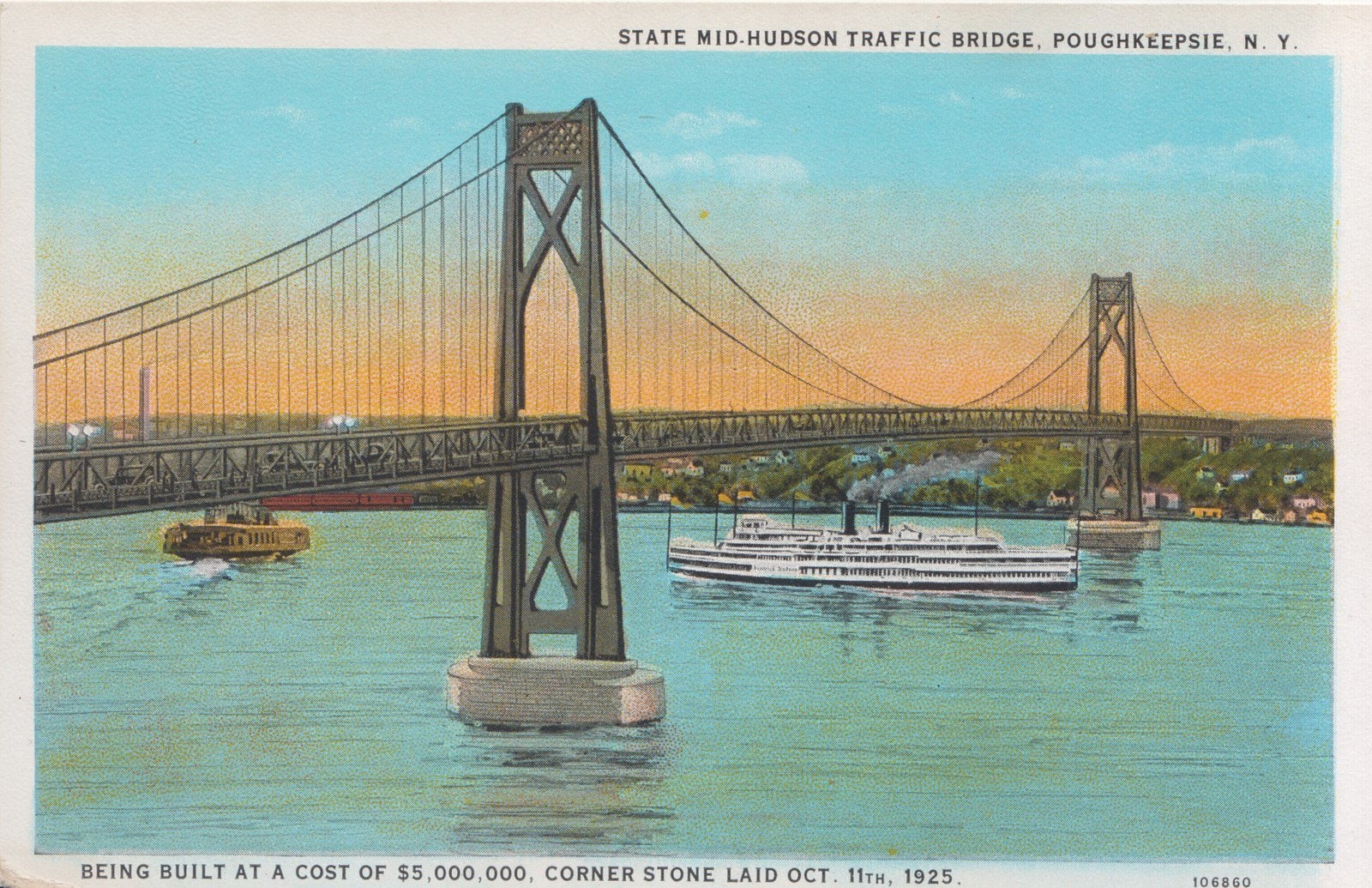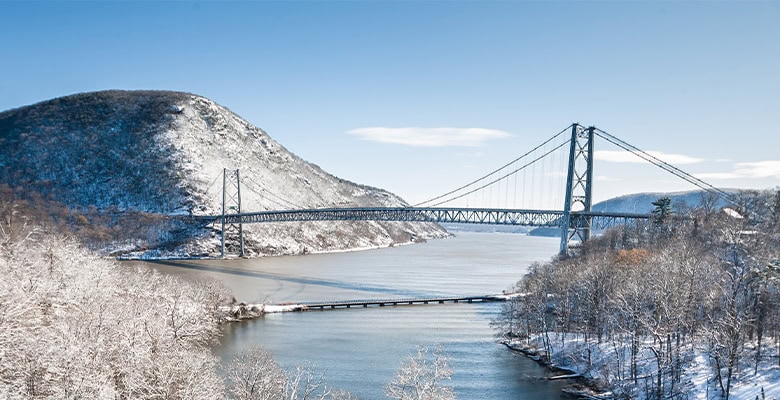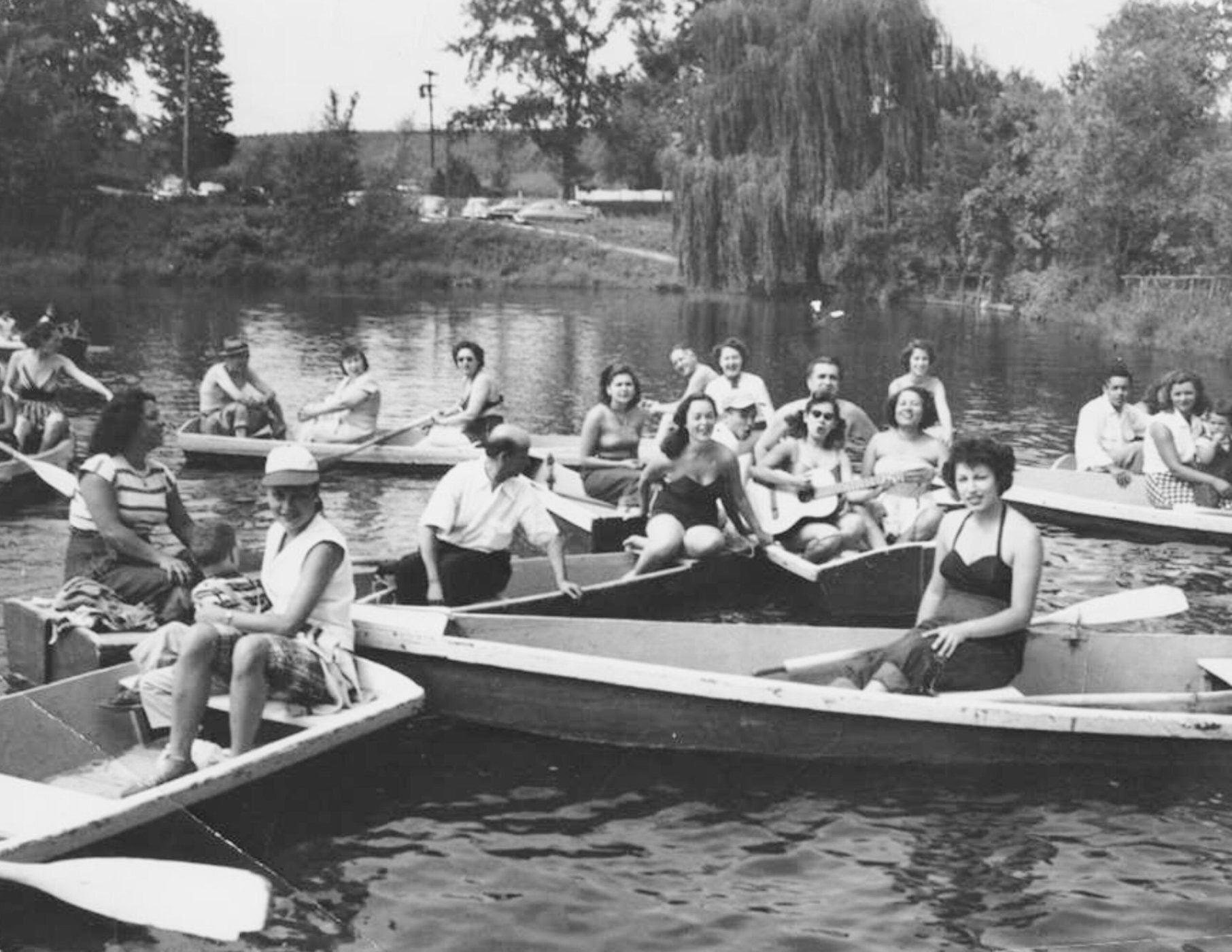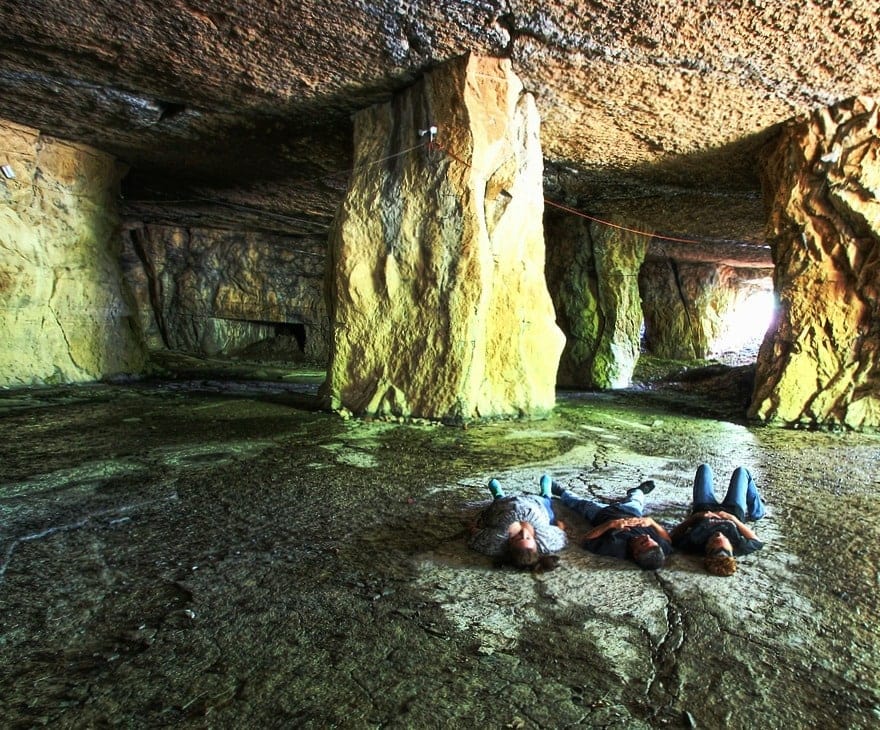Even though it’s native to North America, pawpaw is a delicious fruit that manages not to be widely known among modern Americans. That’s despite the fact that the pawpaw fruit has been a dietary staple for Indigenous peoples for thousands of years, and it has been praised for its flavor and history by many writers for centuries.
Although the fruit has mostly disappeared from the public plates and consciousness, interest in pawpaws is growing nationally. And in New York State, experts believe it might become a highly valued commodity for farmers and consumers here.
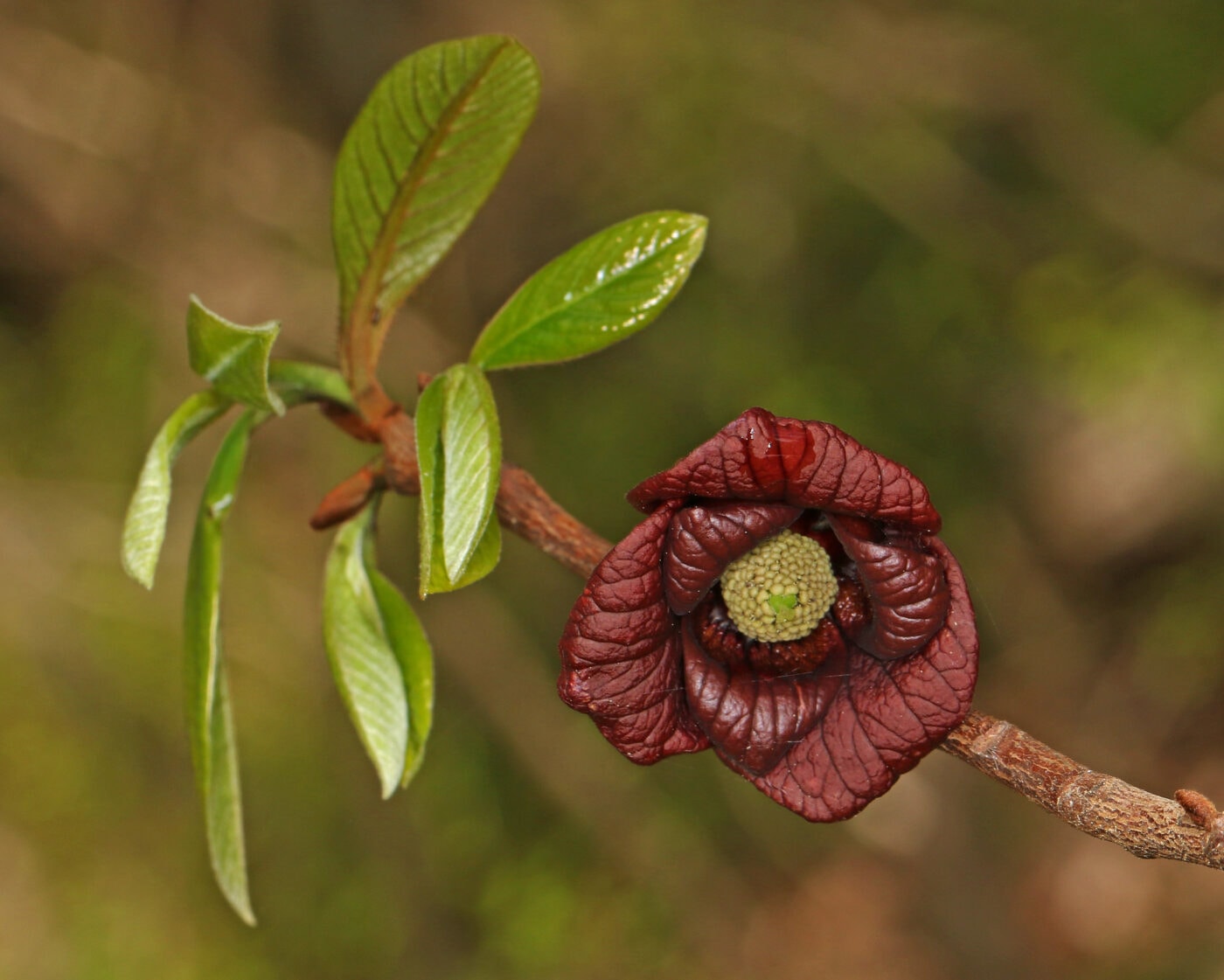
Pawpaw trees have big green leaves, reminiscent of tropical trees, and a yellowish-green fruit with a sweet flavor that has been described as a mixture of mango, banana and pineapple, with a custardy texture. In the book Pawpaw: In Search of America’s Forgotten Fruit, food writer and gardener Andrew Moore reveals that paleontological records indicate that pawpaws have been growing in North America for 56 million years. Archaeological evidence of carbonized and pawpaw seeds have been found in multiple sites in Arkansas, Illinois, Indiana, Kansas, Kentucky, Mississippi, and Missouri.
Indigenous communities also played a significant role in disseminating pawpaw trees across the United States. For example, the Indian Removal Act forced the Shawnee to leave their home in Appalachia and relocate to Oklahoma, where they introduced the tree. Joal Barnes, a member of the Shawnee Tribes tells West Virginia Public Radio that the word for pawpaw in Shawnee is ha’siminikiisfwa, which means “pawpaw month” or the month of September. He explains that traditionally the full moon in September would be used as the main indicator to harvest the fruit.
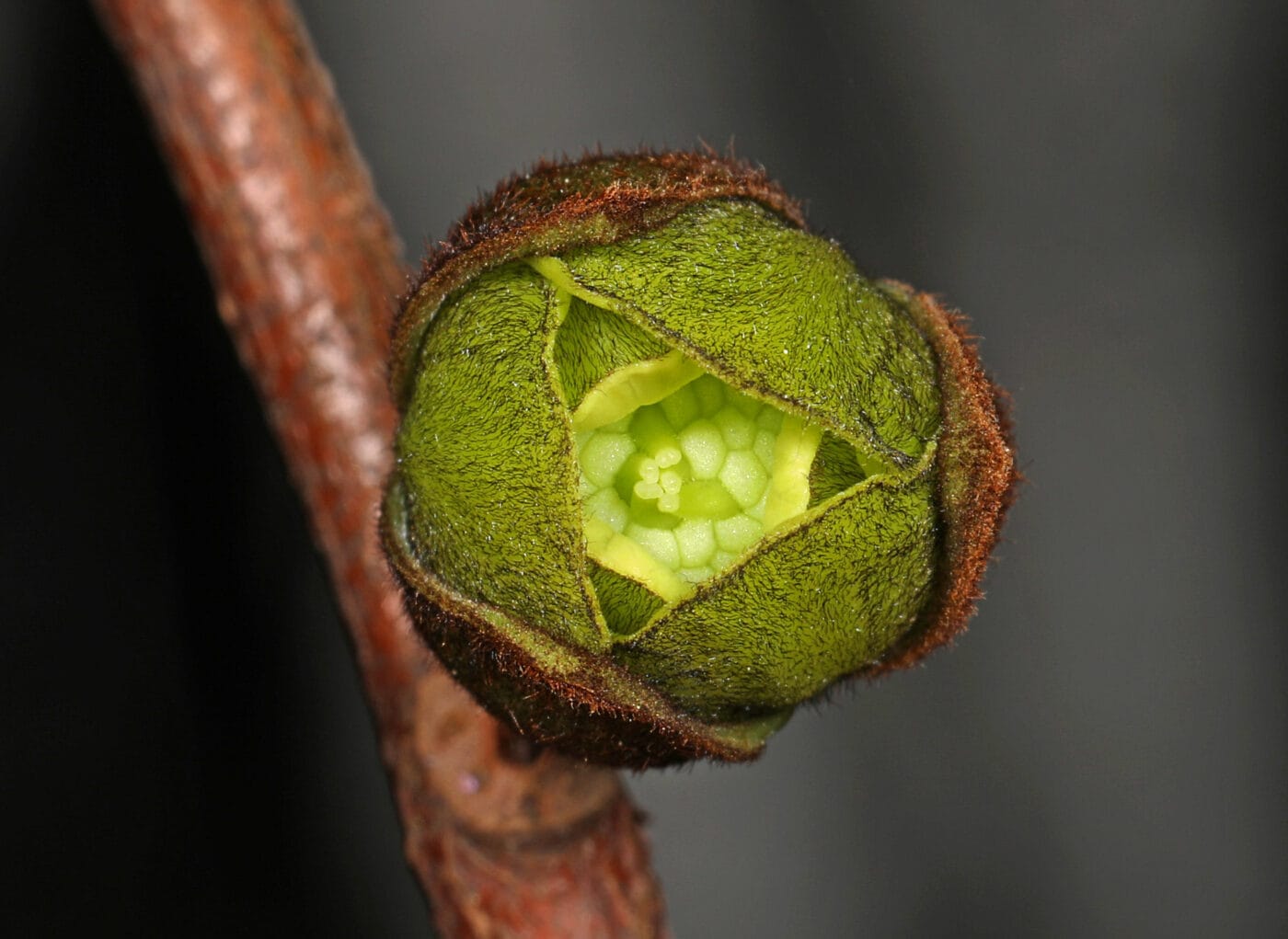
Even European colonizers who often disliked Indigenous foods praised pawpaw’s flavor. For example, the Gentleman of Elvas, a writer who was part of conquistador Hernan de Soto’s expedition in Florida, wrote in 1540 that pawpaw were widely cultivated and had “a very good smell, and an excellent taste.” And in their return trip in 1806 Lewis and Clark wrote in their dairies that in Kansas “pawpaws or the Custard apple of which this Country abounds and [which] the men are very fond of.”
Anya Osatuke, the Western New York Small Fruits Extension Specialist at Cornell University, co-wrote “Pawpaws in New York,” a guide for growing the fruit tree for home gardeners. Osatuke explains that pawpaws disappear from the American diet after the great depression and the rise of the modern supermarket. Imported fruits like apples, bananas, and pineapples became status symbols, and “pawpaws became sort of associated with the poor and lower class,” she said.
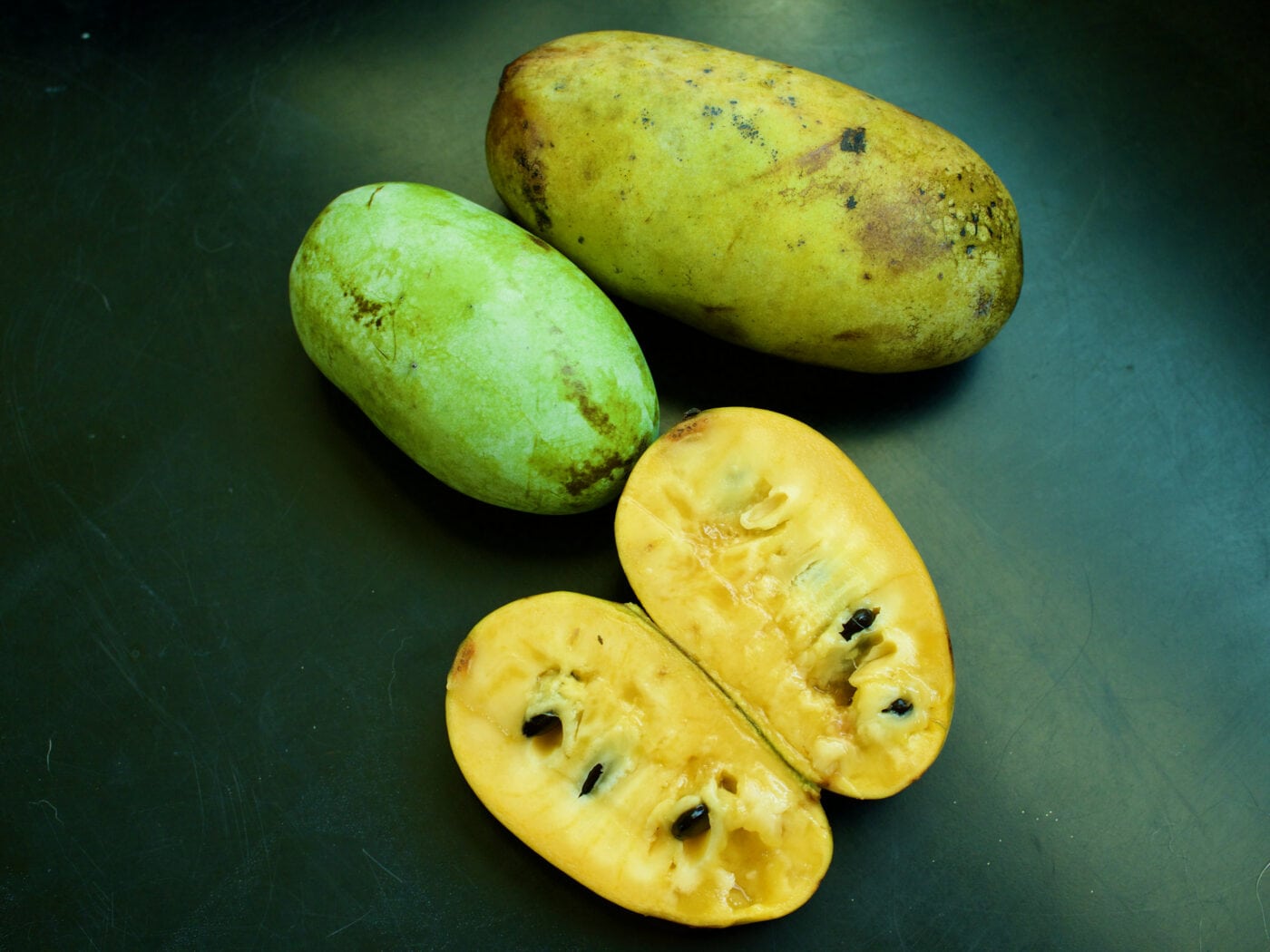
During the last few years a growing number of researchers, farmers, and growers have become interested in the pawpaw fruit. Among the many reasons for this resurgence is that pawpaw trees have a “low disease pressure that makes it very advantageous for commercial settings,” said Griffin Erich, a senior at Cornell University who worked with Osatuke studying pawpaws.
Because pawpaws are adapted to the local environment, they can withstand bacteria and fungal pathogens and the windy and wet conditions of summertime in New York better than non-native crops, like apples. Additionally, Erich adds that climate change, with warmer winters, has expanded suitable regions in the state for pawpaw production.
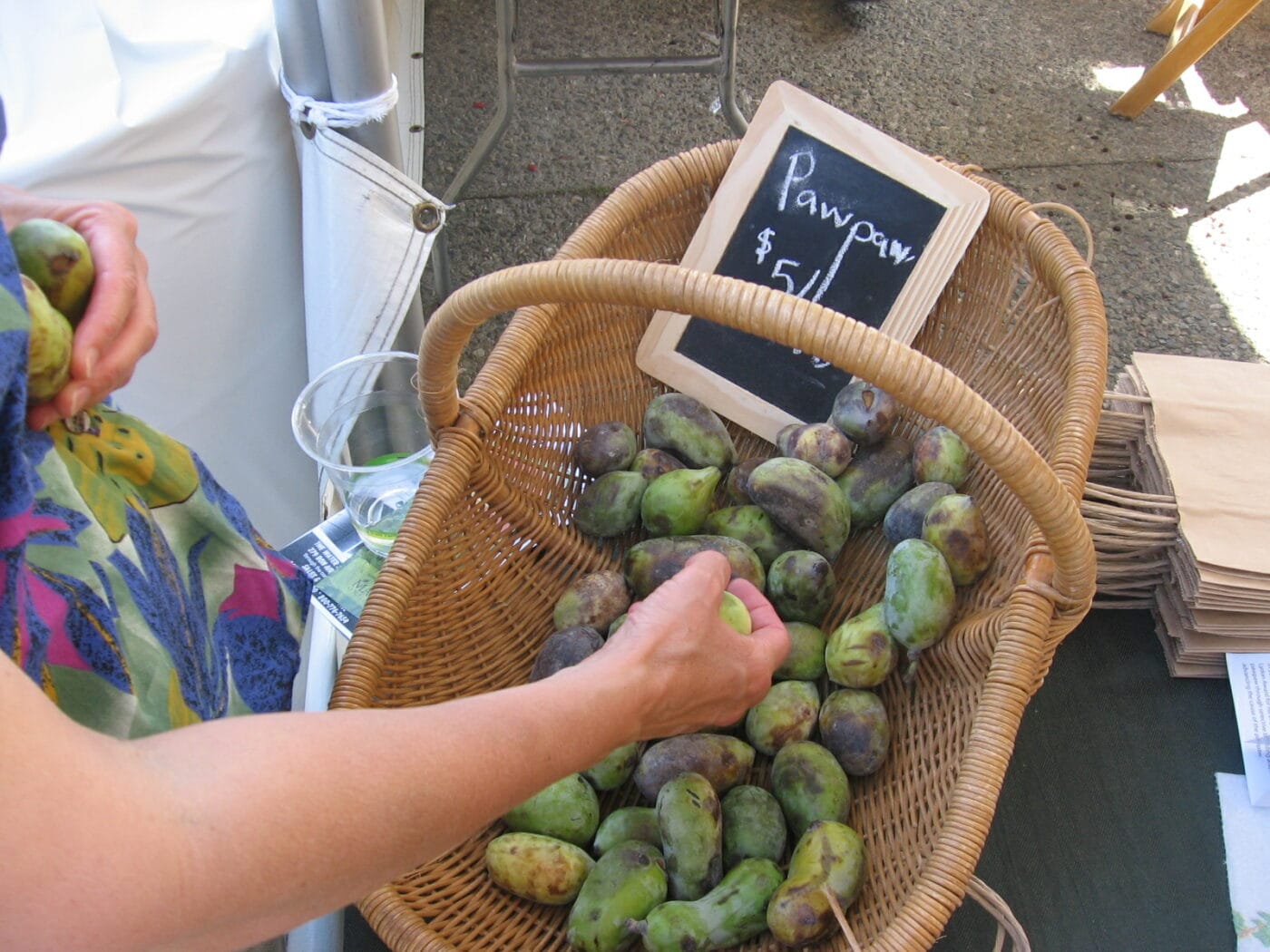
It takes around 8 years for a tree to be able to produce fruit. A minimum of two trees are needed to produce a fruit, though Osatuke recommends planting “at least 5, or 15, or really 50 for good pollination.” Despite the challenges, she feels optimistic about the future of pawpaws in New York. “A lot of people are really curious about their fruit,” she adds. “I think we’re going to see a lot more small-scale production of this fruit in the coming years.”
Stroud hopes to continue to experiment in his land with pawpaws until he can grow a New York variety. He says each year the interest in the tree and its fruit grows around the state. His advice for those interested in growing a pawpaw tree is to “be patient.” But he promises that the tree “will reward you.”
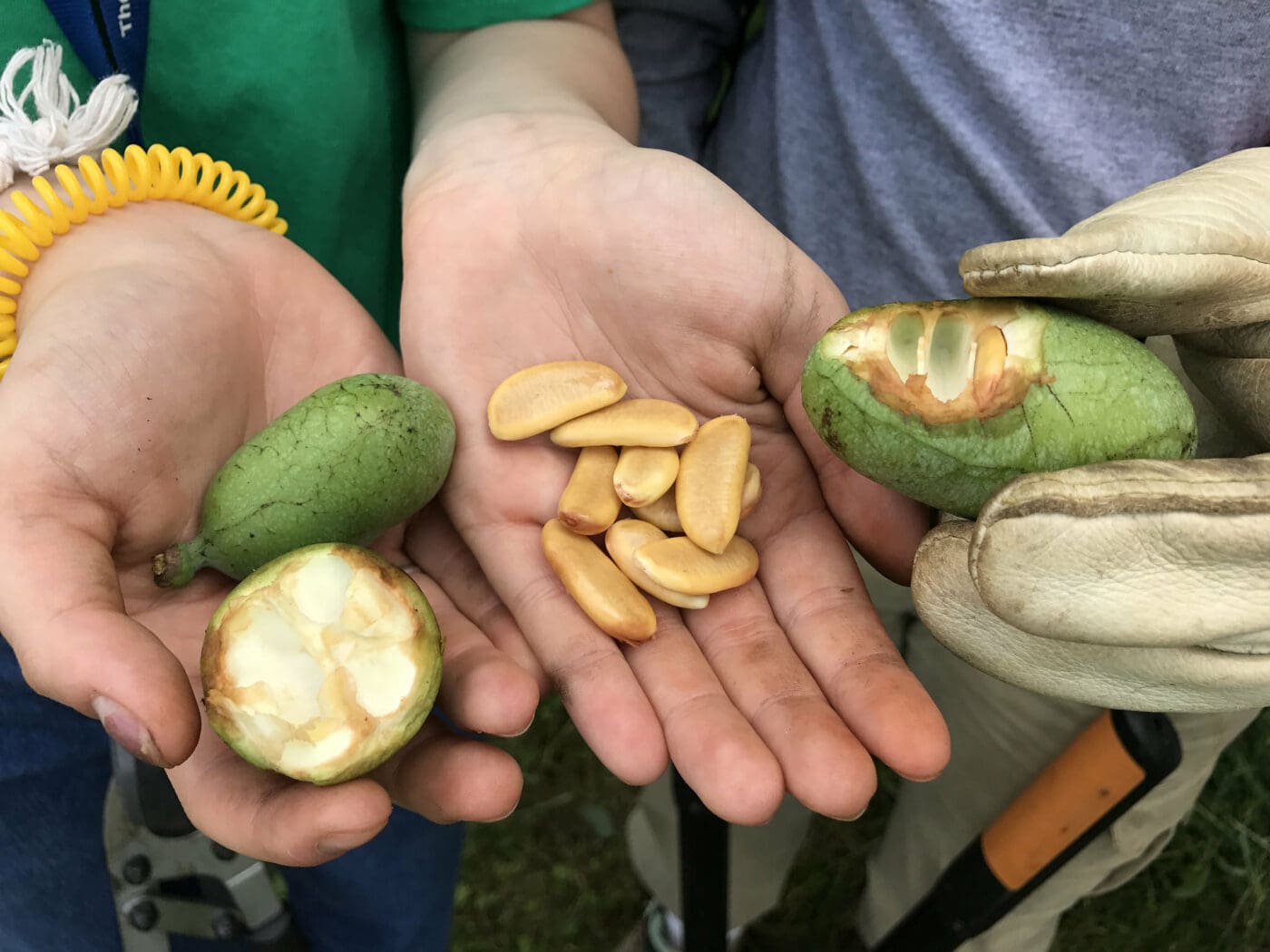
Currently the biggest barrier for pawpaw commercial production is its short shelf life. While apples can be found in the supermarket all year long and many months can pass between harvesting and eating; pawpaws are only available to the public for a short time each fall, and each fruit’s “commercial life is about 3 to 4 days,” says Erich. While the apple industry is very mature, “we can say the pawpaw industry is still young,” adds Osatuke.
Eric Stroud is owner of the Mohawk Distillery in Montgomery County in Upstate New York. He has been growing pawpaw fruit trees for 11 years, and his pawpaw liquor has won several awards. He says that growing the fruit is a mixture of “luck and patience.” Around 10% of Stroud’s crop is lost each winter. For example, in early 2023 many pawpaws and other crops were damaged across the state during a late May frost, which might significantly decrease the numbers of available pawpaws this fall.
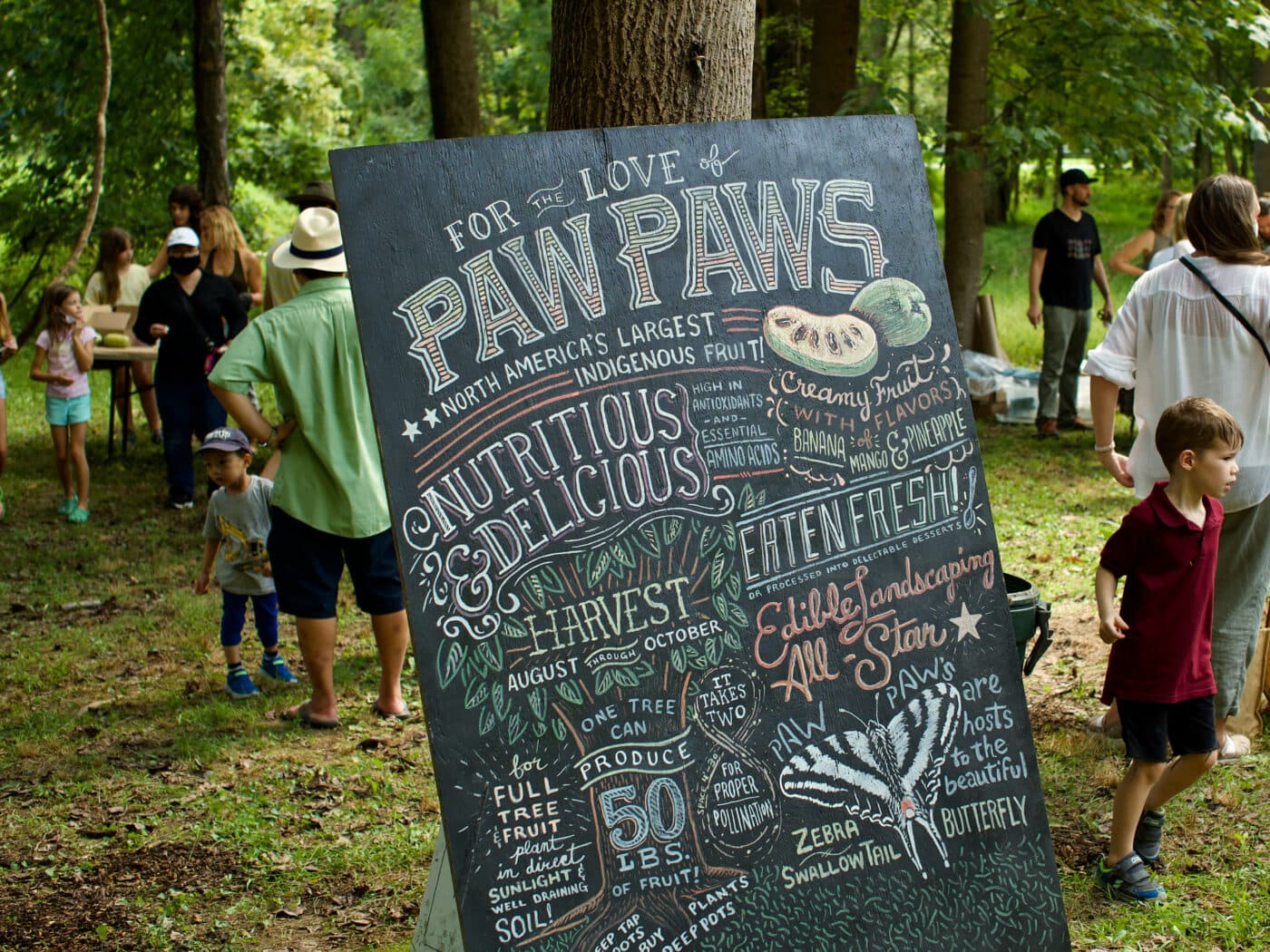
Pawpaws are usually harvested for a few weeks in early fall in September and October. Many products can be produced from pawpaw fruit, such as ice cream, purees, breads, beers, liquor, creams, and other beauty products.
Not far from the Hudson Valley, Tristan Chambers cultivates pawpaw at his home in East Hampton, Mass. He learned about pawpaw through community and friends and fellow gardeners. It has been surprisingly easy to grow the fruit tree in his backyard, he says, and the flavor of the fruit “lived up to the legend.” Having pawpaw trees in his property, he adds, is “like having a part of the history of the continent in my yard.”


